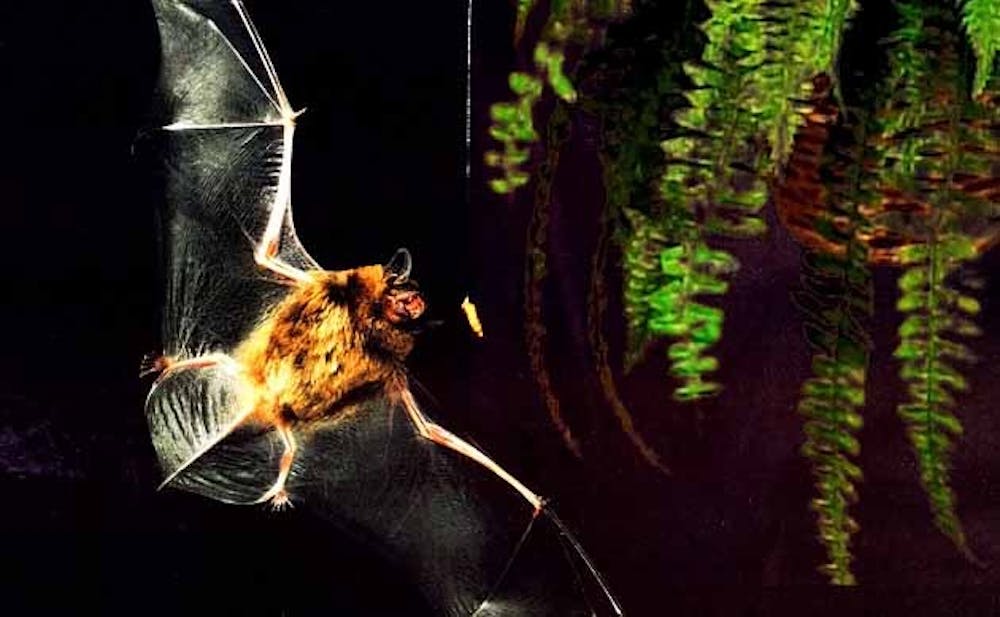Duke researchers are using bats' flight from illness to understand immunity overall.
The evolutionary adaptations that enable sustained flight in bats may also affect disease immunity, according to a study led by Linfa Wang, director of the program in emerging infectious diseases at Duke-NUS Graduate Medical School. Published this past January in “Science,” the study compared the genomes of two bat species, Brandt's bat and black flying fox.
“We did not choose bats, they chose us in the sense that my first major virus project was dealing with Hendra virus in Australia, and it happened to be from bats," Wang wrote in an email Monday. "Our interests with bats got a huge boost when we found that they also harbor SARS-like viruses.”
A previous study found that flying involves an elevated metabolism, which gives rise to a greater number of DNA-damaging molecules known as free radicals.
The study found that bats evolved mechanisms to tolerate these free radicals. These mechanisms may have contributed to the development of a highly effective immune system.
The researchers then mapped the bat's genome to identify abnormal genes that may be related with this effective immune system.
"It was immediately apparent that there was some important genes that were playing doubled roles in both the DNA damage response and the antiviral innate immune response," Chris Cowled, a postdoctoral fellow in Wang’s team, said.
The DNA damage response pathway’s association with the aging process and cancer pathogenesis raise possible explanations for low rates of cancer in bats, as well as high life expectancy relative to being smaller animals.
“We initiated the genomic study to examine whether there is any 'hint' about the bat’s ability to harbor a larger number of viruses without suffering from disease," Wang said. "What we discovered about DNA damage repair... was an extra bonus.”
A subsequent article published in the Aug. 20 edition of “Nature Communications” discussed a study in which the Brandt’s bat’s genome was sequenced and analyzed. This species was noted to have the highest reported lifespan among bats at 41 years, making it “the most extreme mammal with regard to disparity between body mass and longevity.”
The study identified alternations to two genes, which are common in other long-lived bat species and contribute to their relatively long life span.
Although the research has not yielded clinical applications, Wang said the study could have "wide-range impact" for human and animal health, as well as medicine.
“The first step is to build the tool box. Unlike human or mouse, there is no off-the-shelf reagents available for bat research, so we have to start from ground zero," he said. "Once we have the tool box, we can dig into the fundamental questions about bat biology and the four aspects mentioned above.”
Get The Chronicle straight to your inbox
Signup for our weekly newsletter. Cancel at any time.

